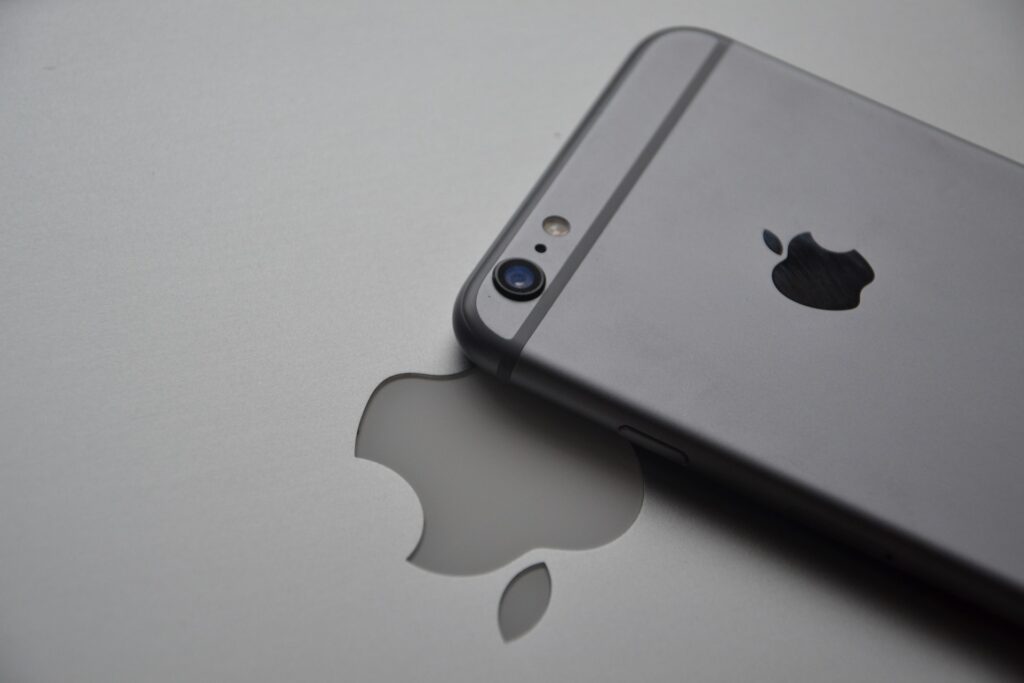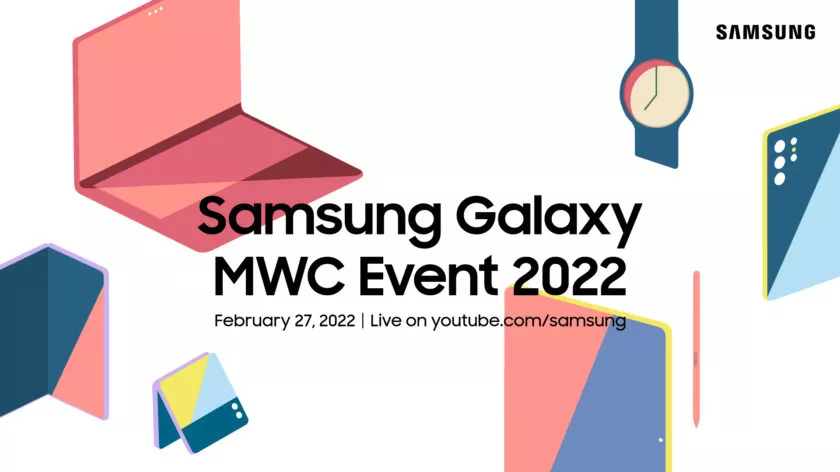Forget the Pixel 3 for a moment. I already know what Google’s working towards in the Pixel 4: a less leaky supply chain.
This year’s Google flagship, the Pixel 3 XL, has leaked to an almost comical extent over the past few months. Just go to our Pixel 3 landing page and tap “view more,” and scroll, and scroll, and scroll. We got our first leaked images of the Pixel 3 XL four months ago today, on June 7. Since then we’ve covered 20 other individual Pixel 3 leaks on our landing page alone.
One of those is the infamous Russian review of an illicitly obtained Pixel 3 XL DVT unit, including an exhaustive camera review and full unboxing video. (AC and other outlets have been offered devices from the same batch of stolen mysteriously sourced 3 XLs, so clearly there are quite a few out there.)
More recently, Engadget’s Richard Lai tracked down one Hong Kong retailer selling a single, fully boxed retail Pixel 3 XL days ahead of the phone’s official announcement.
Every high-profile phone leaks to some degree or other. Designing and manufacturing a modern phone is a complex process involving a lot of moving parts and individuals, not all of whom are trustworthy or infallible. But this didn’t happen last year or the year before, nor do other major flagships have this level of unwanted exposure so far before launch.
It’s easy to point the finger at Foxconn, believed to be the contract manufacturer for this year’s Pixels. When first or second-gen Pixels were coming out of HTC or LG factories, you didn’t see them up for sale on the Ukrainian black market months ahead of launch.
Every phone leaks, but not every phone ends up on the Ukranian black market months ahead of launch.
More likely, the apparent deluge of leaks is the result of a few different factors. By bringing everything in-house with its newly-acquired former-HTC engineers, Google has greater control than ever before. But in doing so, it arguably loses the security provided by a brand-name manufacturer like HTC or LG, both of whom have experience in tracking down and preventing leaks of their own products. The scale of Foxconn is much greater, but at the same time, it’s easier for something to leak out of contract manufacturer in Shenzhen than an HTC-owned factory near Taipei or an LG facility in Pyeongtaek.
Google and parent company Alphabet are huge and a have a lot of money to throw around, but the Pixel phone line is chump change to a company like Foxconn.
Foxconn also manufactures iPhones and other devices for Apple, so far without any security breaches as serious as what we’ve seen of the Pixel 3 XL. However, that partnership dates back further, is greater in scope, and is surely worth more than Google’s Pixel contract. As a result, it’s likely that Apple-level safeguards weren’t in place, at least in the beginning. (Though as evidenced by the recent Hong Kong leak, it’s clear that even now there are logistical gaps through which phones can slip.)

A single big security breach, like whatever enabled an unscrupulous seller in Eastern Europe to get hold of a batch of pre-production Pixel 3 XLs, is sure to trickle down in the form of smaller sightings. As illicit units make their way out, inevitably they’ll crop up online. It’s no surprise that the biggest subsequent leaks came out of Russia, where those with stolen units can show them off without facing any consequences. From there, as the software on leaked devices is dissected, we get things like wallpaper leaks.
As a result of all this, we see a textbook example of why companies hate leaks: In the run-up to the Pixel 3 launch event, there’s social chatter and blog posts about how we’ve “seen everything there is to see” about these phones. There’s less buzz around this year’s Pixel season. Phone enthusiasts are already familiar with what they look like and many of the key hardware specs. They’ve already decided whether they want one or not, and Google hasn’t had the chance to shape any of that message. The leaked phone already feels old.
The good news is that, considering how software-focused Google is, it’s quite likely we haven’t seen everything just yet.
And for Google’s part, they’re surely hard at work tightening security for the Pixel 4 and beyond, should they decide to stick with Foxconn.
Some more quick hits this working weekend:
-
The LG V40 ThinQ looks like a fine enough phone. The wide-angle camera continues to be a big differentiator for LG, and pairing that with a telephoto to offer unprecedented freedom is a big deal. Elsewhere, the V40 is not all that interesting. As such, the big danger for LG is that everyone will be moving in the direction of three cameras in 2019. When that happens, why buy an LG phone?
-
I’m not sure what LG’s trying to do with the W7 smartwatch — though admittedly I’ve not used it personally just yet. The physical watch hands make it inconvenient to use as a wrist computer, and the design continues to channel the ugly LG watches of yore (like the G Watch R and Urbane LTE) as opposed to more fashion-forward smartwatches like the Skagen Falster 2.
-
I’ve used a couple of pretty neat Android One phones over the past week — the Motorola One and Nokia 7.1. Both are pretty good, but neither is all that interesting, and that’s perhaps one of the underlying issues with Android One. With the possible exception of Nokia, nobody’s really gone all-in on Android One. And LG or a Motorola (or even an HTC!) will never want to push an Android One phone above their own-brand offerings.
-
The Month of Madness continues next week, starting with Google and Razer. And even after that, we’re still nowhere near done with big Q4 Android launches.
That’s it for now. Stay tuned to Android Central on YouTube for lots of cool stuff dropping in the next week or so!



